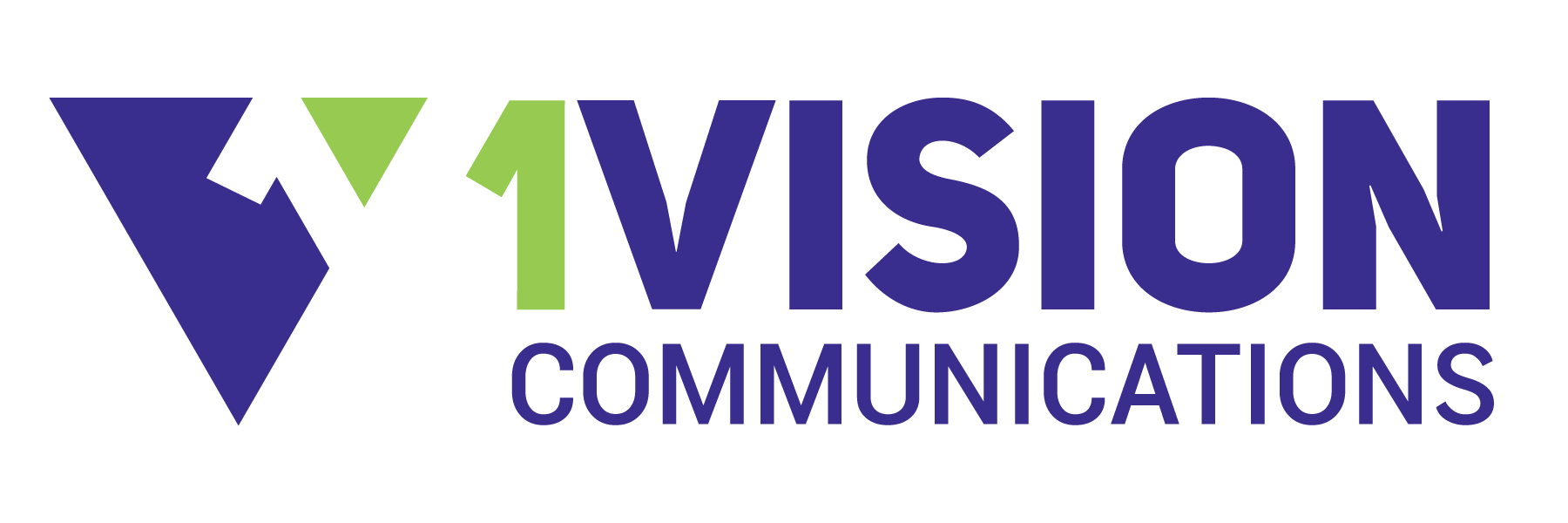Enhancing Search Engine Visibility (7/10)
If you’ve been following this series (thank you!), you know we’ve arrived at a favorite topic: SEO. Search Engine Optimization tops our list—not because we’ve mastered the elusive art of first-page organic rankings, but because the pursuit of ranking higher drives us to improve daily.
For those new to SEO, it only became essential in recent years. Google, like its competitors (Dogpile, Safari, Bing, and others), aims to deliver the “best” results for every search—no matter how obscure. Naturally, companies scramble for a coveted spot on page one since most shoppers don’t look beyond it. This sparked an SEO arms race, with agencies worldwide claiming to have the "special sauce" (timing, techniques, maybe even a little magic) to boost website visibility and drive traffic. But the truth is, only Google knows its formula, and they keep changing it under the guise of improvement. Of course, this conveniently boosts their ad revenue by encouraging paid placements.
The good news? You don’t need to chant magic keywords to enhance your site’s visibility. There are plenty of low-cost, high-value strategies to improve your natural ranking. Start with a thorough website audit and keyword research to uncover opportunities. This might mean optimizing on-page elements like image meta tags, headings, and content, or tackling off-page efforts like building quality backlinks.
From there, we’ll create a tailored strategy based on your goals and audience, monitoring performance and fine-tuning along the way to ensure success. You can attract more visitors and boost your site’s visibility—no wizardry required! ⬇️



